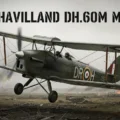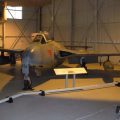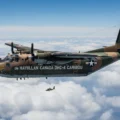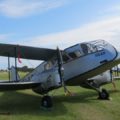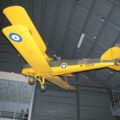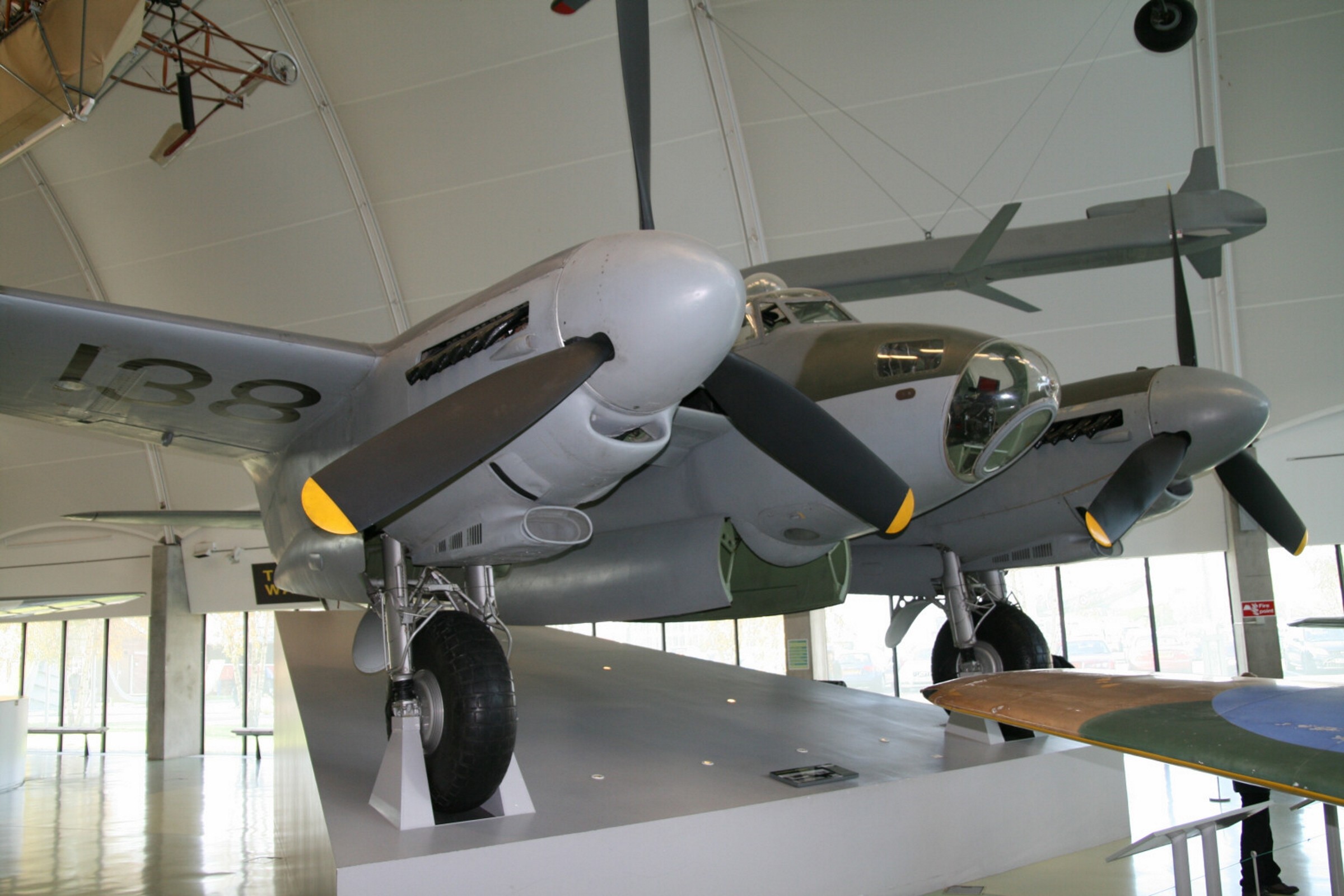
de Havilland Mosquito | |
|---|---|
| 국가 | 영국 |
| 역할 | 라이트 폭격기 전투기 폭격기 야간 전투기 |
| 첫 비행 | 1940년 11월 25일 |
| 내장 | 7781 |
Tthe 드 하빌랜드 DH.98 모기 영국의 트윈 엔진 어깨 날개 다역할 전투 항공기였습니다. 조종사와 항해자 인 두 명의 승무원이 나란히 앉아있었습니다. 그것은 차 세계 대전 동안과 그 후에 봉사했다. 그것은 거의 전적으로 나무로 건설 된 시대의 몇 안되는 운영 최전선 항공기 중 하나였으며 The Wooden Wonder라는 별명을 붙였습니다. 모기는 또한 승무원들에게 "모시"라는 애칭으로 알려졌습니다. 원래 비무장 고속 폭격기로 생각 된 모기는 중저고도 주간 전술 폭격기, 고고도 야간 폭격기, 경로 파인더, 주야간 전투기, 전투기 폭격기, 침입자, 해상 타격 항공기 및 빠른 사진 정찰기 등의 역할에 적응했습니다. 또한 영국 해외 항공 공사 (BOAC)는 적의 통제 영공을 통해 중립국을 오가는 작은 고부가가치화물을 운반하는 빠른 운송으로 사용되었습니다. 한 명의 승객이 항공기의 폭탄 베이에서 탈 수 있었는데, 그 목적에 맞게 조정되었을 때.
소스: 드 하빌랜드 모기 위키 백과에
| DeHavilland DH-98 Mosquito Walk Around | |
|---|---|
| 사진 작가 | 블라디미르 야쿠보프 |
| 로컬라이제이션 | USAF 국립 박물관 |
| 사진 | 50 |
잠깐, 당신을 위해 드 하빌랜드 모기를 검색 ...

| De Havilland Mosquito NF.XIX | |
|---|---|
| 사진 작가 | 안드레이 진추크 |
| 로컬라이제이션 | Unknow |
| 사진 | 39 |
| Mosquito FB.VI (T.3) Walk Around | |
|---|---|
| 사진 작가 | Randy Malmstrom |
| 로컬라이제이션 | Unknow |
| 사진 | 106 |
| Mosquito PR.XVI (TT.35) Walk Around | |
|---|---|
| 사진 작가 | Michael Benolkin |
| 로컬라이제이션 | Unknow |
| 사진 | 15 |
참고 항목:
| De Havilland Mosquito B.35 Walk Around | |
|---|---|
| 사진 작가 | Max Otten |
| 로컬라이제이션 | Unknow |
| 사진 | 75 |





